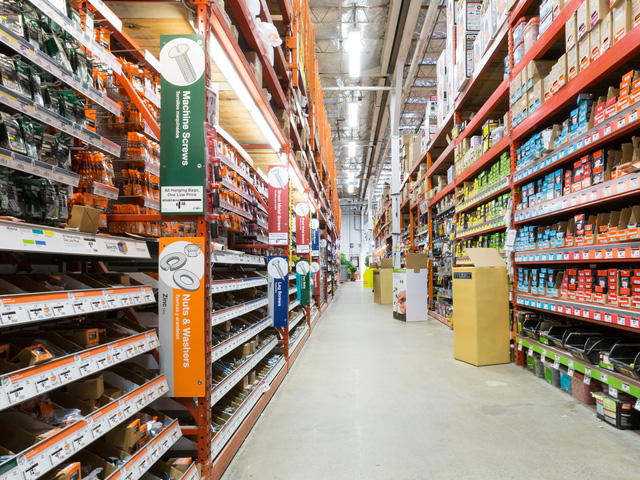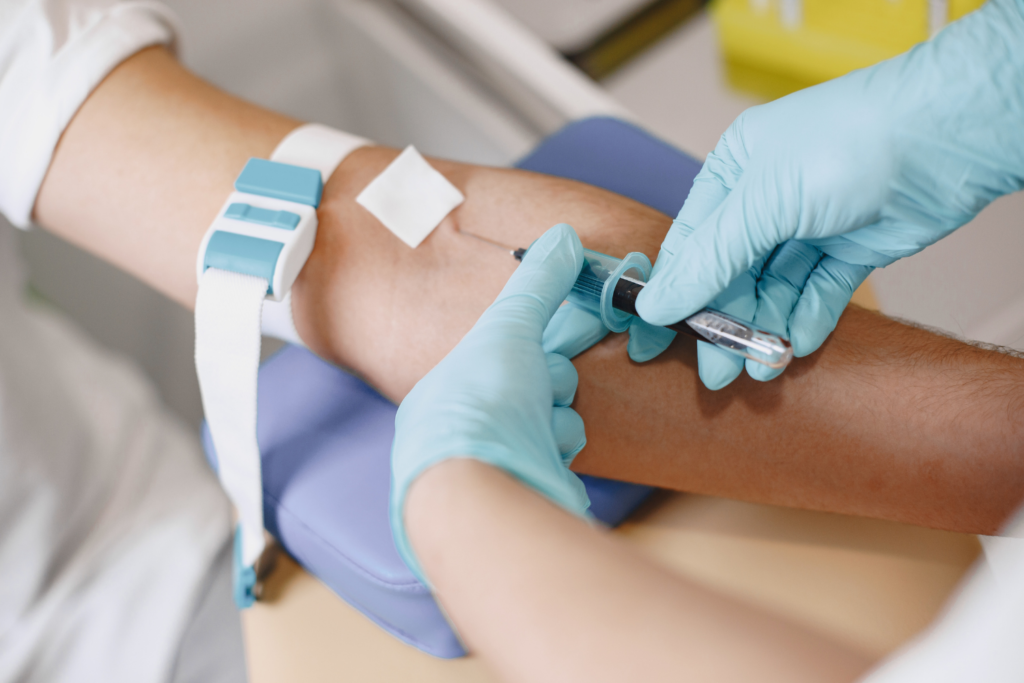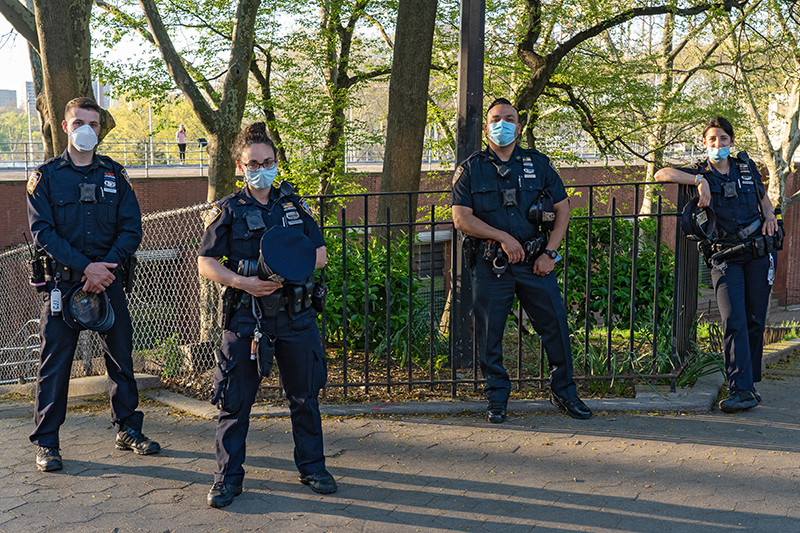Effective DIY Methods to Keep Wounds Dry While Showering: Step-by-Step Solutions and Alternatives
Introduction: The Challenge of Showering With a Wound
Keeping a wound dry while showering is essential to prevent infection, reduce the risk of delayed healing, and protect any medical dressings in place. Many people face this challenge after surgery, injury, or medical treatments requiring bandages, catheters, or central lines. Although commercial products exist, effective do-it-yourself (DIY) solutions are available and can be implemented safely at home. This guide provides comprehensive, actionable advice on covering wounds during showers, including step-by-step instructions, real-world examples, and alternative approaches for all wound types and circumstances.
Why It Matters: Risks of Wetting a Wound
Water exposure can compromise wound dressings, introduce bacteria, and soften healing tissue, leading to increased infection risk and delayed recovery. According to leading wound care experts and medical manufacturers, wounds that become saturated by water are more vulnerable to contamination and breakdown of protective barriers [3] . Especially for surgical sites, catheters, or central lines, keeping the area dry is critical to prevent serious complications. Therefore, understanding how to effectively shield wounds during showers is a vital part of home care.
Commercial Waterproof Wound Covers: What’s Available
Several purpose-built products are designed to keep wounds dry while showering. These include:
- Shower Shield Water Barrier Wound Covers : These latex-free, polyurethane film covers are specifically made to protect wounds, dressings, central lines, catheters, and stomas during showers. They come in various sizes to suit different wound areas and are intended for single use, placed over a dressing without making direct contact with the wound [1] . Shower Shield covers are clinically proven to keep water away from covered areas and reduce infection risk [2] .
- Nexcareâ„¢ Tegadermâ„¢ Waterproof Transparent Dressings : These clear dressings are widely used in hospitals and at home. They seal out water, dirt, and germs, and can stay on through multiple showers. Tegaderm dressings allow the wound to breathe while providing a waterproof barrier [3] .
- Reusable Waterproof Covers : Some products, such as waterproof cast and PICC line covers, are available in retail outlets and are designed for repeated use [5] .
These products are generally available at pharmacies, medical supply stores, and online retailers. For those who prefer not to purchase commercial covers or need a solution immediately, several DIY options exist.
DIY Techniques for Covering a Wound in the Shower
For many situations, a DIY approach is both effective and economical. Here are proven, step-by-step methods to protect wounds using materials you likely have at home. Always ensure hands are clean before handling wounds or dressings.

Source: revistas.unam.mx
1. Plastic Wrap and Medical Tape Method
This is one of the simplest and most accessible ways to keep a wound dry:
- After applying a sterile dressing to the wound, cut a piece of plastic wrap (such as cling film) large enough to completely cover the bandaged area, with at least one inch of excess plastic on all sides.
- Gently lay the plastic wrap over the dressing.
- Secure all edges with medical tape (preferably waterproof) to create a sealed barrier. Avoid wrapping tape too tightly, which could impair circulation.
- Double-check that all edges are sealed, and the wrap is flush against the skin to prevent water from leaking underneath during the shower.
This method is highly effective for smaller wounds and can be adapted to larger areas by overlapping pieces of plastic wrap. Replace plastic and tape after each shower.
2. Plastic Bag Method for Limbs
For wounds on arms or legs, a clean plastic bag (such as a bread or produce bag) can be used:
- Place a sterile dressing over the wound.
- Slip the affected limb into the bag, ensuring the wound is fully covered.
- Secure the open end with waterproof medical tape, a rubber band (not too tight), or a soft elastic bandage above the wound area.
- Check the seal and ensure there are no gaps.
This technique is commonly used for casts as well. For additional security, double-bagging may provide extra protection. Always remove the bag promptly after showering to allow the skin to breathe.
3. DIY Shower Sleeves or Covers
For frequent showers or larger wounds, you may repurpose long rubber kitchen gloves, waterproof sleeves, or even cut the leg off a clean pair of pantyhose and seal the ends with tape after placing over a dressing. These improvised covers can be surprisingly effective when carefully applied and properly taped.
For wounds on the torso or hard-to-reach areas, enlist help from a family member or caregiver to ensure a complete seal and safe application.
Key Considerations and Best Practices
Regardless of the method used, the following best practices apply:
- Never allow plastic wrap or bags to touch the open wound directly; always use a sterile dressing as the first layer.
- Limit shower duration to minimize potential leaks.
- Keep the wound area out of direct stream as much as possible.
- After showering, dry the area by gently patting with a clean towel, then remove the waterproof covering and inspect the dressing for any signs of wetness or contamination.
- If the dressing becomes wet or loose, replace it immediately using fresh, sterile materials.
For wounds with high risk of infection, drains, or medical devices, consult your healthcare provider for specific instructions.
Common Challenges and Solutions
Some challenges with DIY approaches include:
- Leaks or Incomplete Seals: Try overlapping layers of plastic wrap and reinforcing all edges with waterproof tape.
- Adhesive Sensitivity: Use hypoallergenic or sensitive skin medical tape, or consider purchasing latex-free commercial waterproof covers [3] .
- Large or Irregular Wounds: Commercial covers may be more practical, as they come in multiple sizes and shapes to cover extensive areas [1] .
- Frequent Showering: While DIY solutions are suitable for occasional use, reusable commercial covers may offer more durability and comfort for daily showers [5] .
Alternatives and When to Seek Medical Advice
If you cannot keep the wound dry despite your best efforts, consider alternatives such as sponge baths until the wound has sufficiently healed. For open wounds, surgical incisions, or sites involving medical devices, you should always follow your healthcare provider’s recommendations. Signs of infection (redness, swelling, discharge, fever) or persistent wound wetness require prompt medical attention.
For more information and specific product recommendations, you can visit your local pharmacy or consult with a wound care specialist. Many hospitals and clinics provide written instructions for wound care after procedures; ask your provider if you have any questions about the safest way to shower with your particular wound.
Summary: Safe, Practical Ways to Keep Wounds Dry in the Shower
Protecting wounds from water during showers is a key part of effective home care. Whether you choose a commercial waterproof cover or a DIY method using plastic wrap and tape, the most important factors are a secure seal, regular inspection, and replacing any wet dressings immediately. By following these techniques and best practices, you can maintain hygiene, support healing, and minimize the risk of infection-all from the comfort of your home.
References
- [1] Medical Monks (2025). Shower Shield Water Barrier Wound Cover product page.
- [2] Dialysis Care Online (2024). Shower Shield 10in x 12in Waterproof Wound Dressing Cover details.
- [3] Nexcare (2025). Waterproof Bandages and Dressings FAQ.
- [4] Express Medical Supply (2025). Waterproof Bandage Dressings for Wounds.
- [5] Walmart (2025). Shower Shield Wound Cover product listings.
MORE FROM 9scholarships.de













